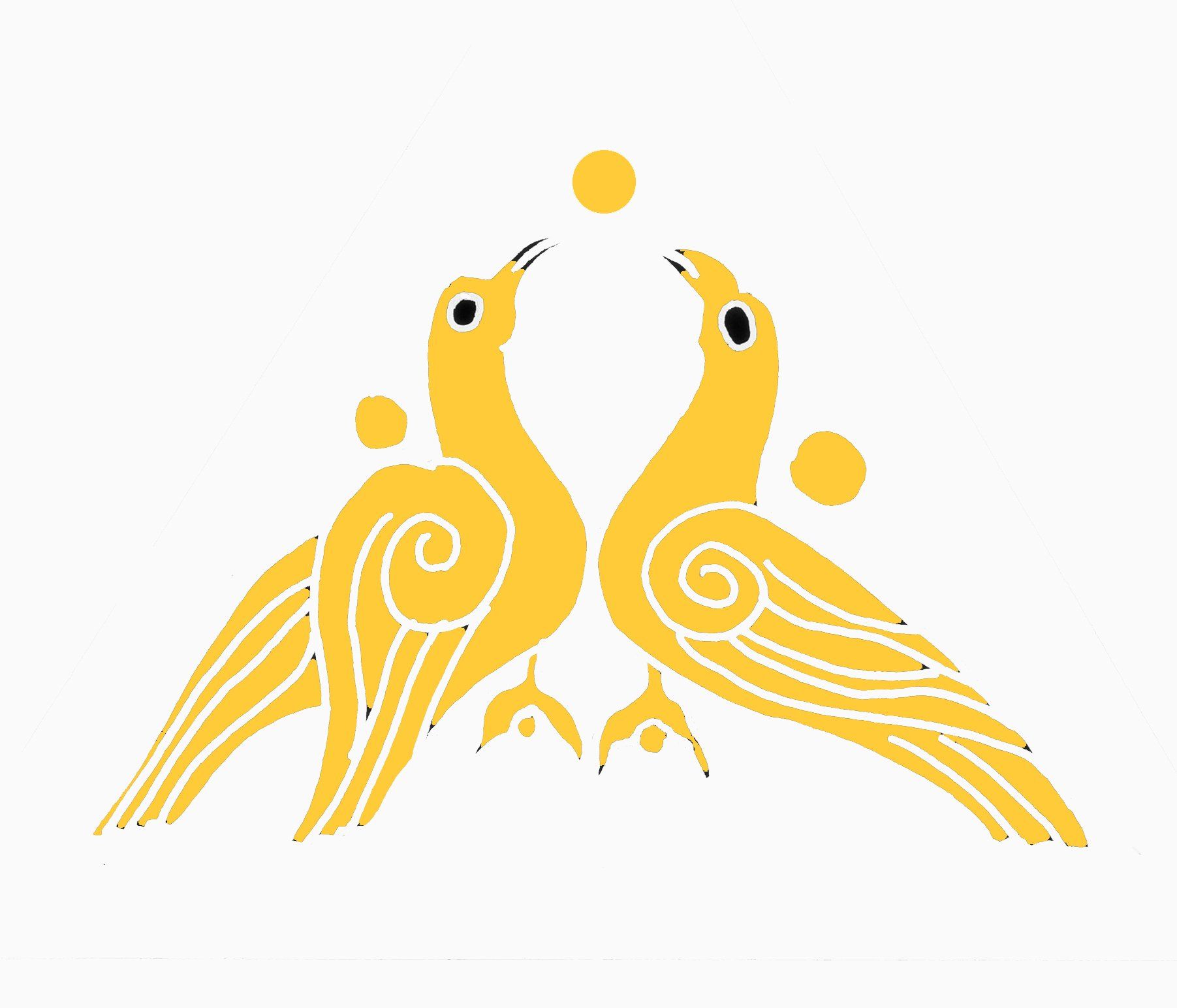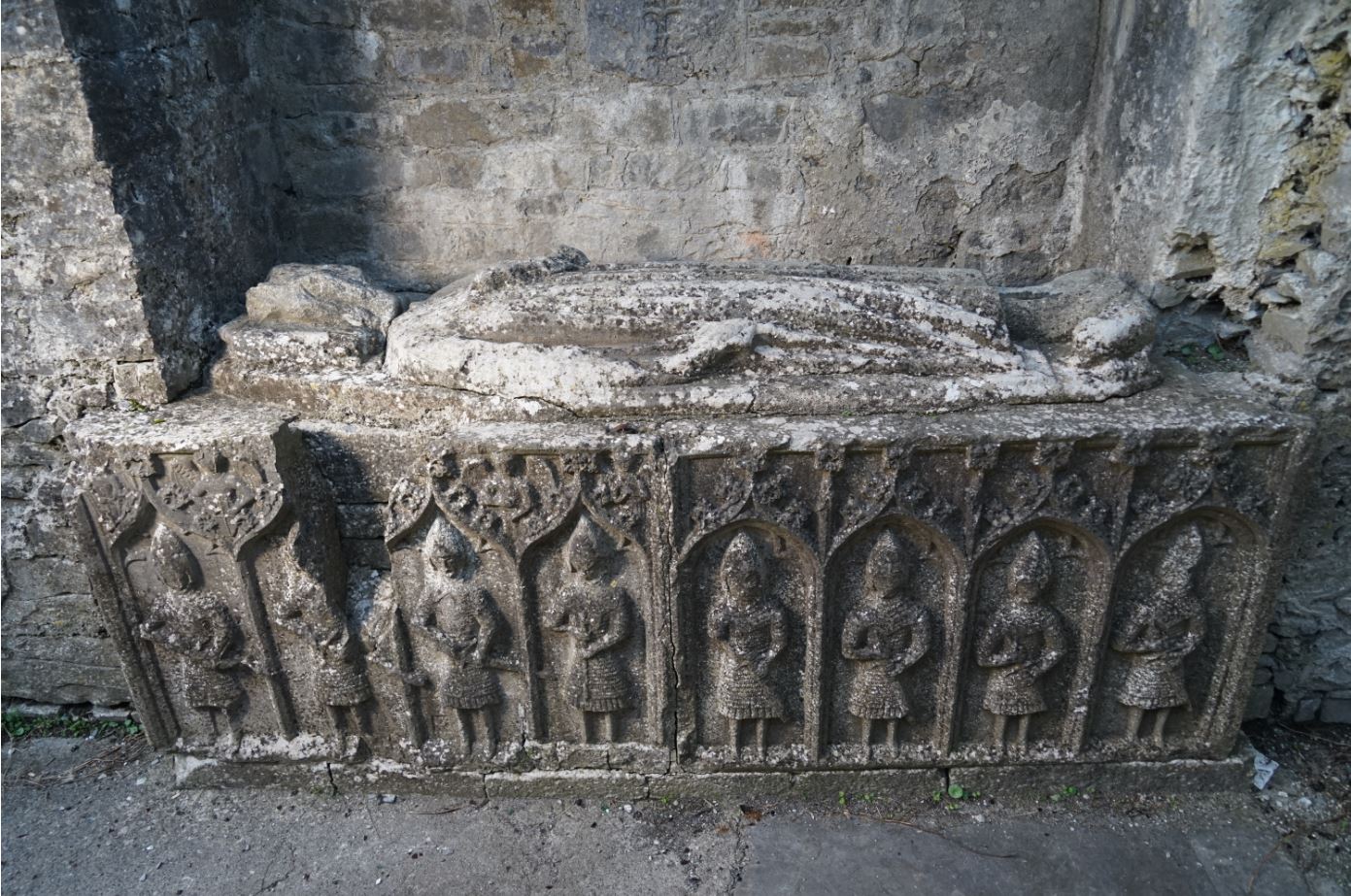1235 - the invasion of Connaught
The death of Cathal Crobhderg
in 1224 was a major turning point in the history of Connaught, though the effects were not immediate. Initially he was succeeded by his eldest son Áed. As a boy, Áed’s parents had refused to hand him over to King John as a hostage in 1210. Within a few years of succeeding his father, Áed had openly rebelled against the crown. As a result, the grant that Richard de Burgh had received of Connaught in 1215, but which had not been effected while Cathal Crobhderg had remained loyal to the Crown, was put into legal effect in 1227.
However, Richard was not in a position to make a major military move necessary to conquer Connaught. In the meantime, he capitalised on the fact that open warfare had broken out amongst the Ua Conchobair family in a bid to find a successor to the kingship of Connaught. He dipped his toe in Connaught by building a castle at Meelick on the Galway side of the River Shannon, close to his Munster estates in Tipperary. In 1230, Richard de Burgh marched into Connaught. With the assistance of the Ua Briain of Thomond and the Mac Carthaig of Desmond he banished Áed, and replaced him with his younger brother Feidlim, as king of Connaught. A year later, Richard imprisoned Feidlim at his castle at Meelick and, in a classic example of divide and conquer, he returned Áed to the kingship of Connaught. However, luck was on Feidlim’s side, as shortly later Richard de Burgh had fallen foul of Henry III, who ordered Feidlim’s release. He immediately returned to Connaught and retook the kingship by force and killing his brother Áed, thereby removing his main rival.
Over the next few years Richard de Burgh was distracted elsewhere in his attempts to win back his king’s favour. By 1235 Richard was back on good terms with the king of England, and decided that the time had finally come to initiate a full-scale invasion of Connaught. He assembled a large army, which included Hugh de Lacy, earl of Ulster, and Maurice fitz Gerald, third Baron of Offaly, and after burning Feidlim’s seat at Roscommon, penetrated deep into Connaught as far as west as Connemara and Mayo, and north into Sligo. The de Burgh’s would hold onto south Galway, which bordered their lands in Munster. Elsewhere, Richard de Burgh parcelled out lands to those who had helped him. In this way, the de Bermingham’s acquired Athenry and the Stauntons occupied parts of south Mayo. Richard also granted Hugh de Lacy lands in Sligo, but Hugh had no interest in managing these lands and re-granted them to Maurice fitzGerald.
Unable to repulse the invading army, Feidlim was forced to submit. Fortunately for Feidlim, Henry III was keen to maintain a role for the most powerful Gaelic family in Connaught. The king retained direct control of large parts of eastern Connaught known as the King’s Five Cantreds. Much of this royal land was situated along the western side of the River Shannon and Lough Ree, between Athlone and Roscommon. Two royal castles defended these lands, one at Athlone on the Shannon, and another at Rindoon on the shores of Lough Ree. Feidlim would hold a portion of these lands around Roscommon directly from the king of England. The rest of Connaught, which Feidlim’s father had effectively ruled prior to his death, was to be held by Richard de Burgh.
Feidlim now found himself surrounded by the Anglo-Normans on all sides. He also had an equally turbulent relationship with his extended Ua Conchobair family. In this difficult position, he took the unusual step of making the trip to England to meet king Henry III in person in 1240. Feidlim appears to have been the first Irish king to visit an English monarch since Diarmaid Mac Murchadha visited Henry II in 1166. Feidlim protested against his treatment at the hands of Richard de Burgh and the king of England agreed that he should be left in peace and hold his Roscommon lands directly from the king and without interference from Richard de Burgh. Since the arrival of the Anglo-Normans in 1169, it was common to find local Irish kings with their followers fighting alongside the Normans in one campaign or another in Ireland. However, in 1245 Feidlim took the unusual step in bringing an army out of Ireland to assist Henry III in a military campaign in Wales. He was accompanied by Maurice fitzGerald, the king’s justiciar in Ireland. It appears that Feidlim had become assimilated into the Anglo-Norman system.
Ironically, this assimilation may have been helped by the death of Richard de Burgh in 1243, which provided Feidlim with the space to raise his own profile. However, by 1248 Feidlim’s position became undermined by the actions of his own son Áed, who was resentful of the Anglo-Norman settlements in the area. Feidlim was unable or unwilling, or perhaps both, to keep his son in check. As if this wasn’t enough, in 1249 he was forced from Connaught by his nephew, Toirdelbach, and had to return with a great army from Donegal to reclaim the kingship a year later. Soon afterwards Henry III reduced Feidlim’s grant of the Five King’s Cantreds to three. His acceptance of the Anglo-Norman system had come at a heavy price, one which his son had no intention of inheriting. In 1258 Áed met Brian Ua Néill of Tír Eógain in west Ulster and Tadc Ua Briain of Thomond, descendant of the powerful kings of Munster who had been uprooted by the de Burghs. They elected Brian as king of the Gaels, in an attempt to revive the old high-kingship of Ireland. However, before this new alliance had time to accomplish anything, both Tadc and Brian were dead, and Áed was left to fend for himself. In 1259 he married the daughter of Dugald Mac Sorley, a Hebridean leader, bringing with her a marriage portion of 160 warriors. This is one of the first examples of Scottish galloglass in Ireland. Áed clearly did not want to rely on hiring Anglo-Norman mercenaries, but this move also implies a distrust of his Gaelic allies closer to home. Indeed, around this time, when King Haakon IV of Norway was in Scotland, he unsuccessfully tried to convince him for support in banishing the English from Ireland. Not unlike Diarmaid Mac Murchadha nearly a century before him, Áed Ua Conchobair was unable to harness sufficient support locally and had to look outside the country for support.
Feidlim died in 1265 and was buried under an effigial slab in the Dominican church of St Mary’s Priory in Roscommon, which he had founded in 1253. This form of tomb is typically Norman and is the earliest example of its use by an Irish king. Four years later, the king’s justiciar in Ireland inspected the lands near the priory for the construction of a new castle at Roscommon, the purpose of which was to quell Feidlim’s troublesome son, Áed. Though it was never likely that Feidlim or his son Áed would be able to maintain the domination of Connaught as their Ua Conchobair ancestors had before them, the Anglo-Norman colonisation here was not as solid as in Munster, Leinster and Meath. Indeed, their legacy was that the Ua Conchobair continued to retain a foothold in Connaught for centuries to come. However, they would have to share Connaught with the new Anglo-Norman settlers, not least the descendants of Richard de Burgh.


